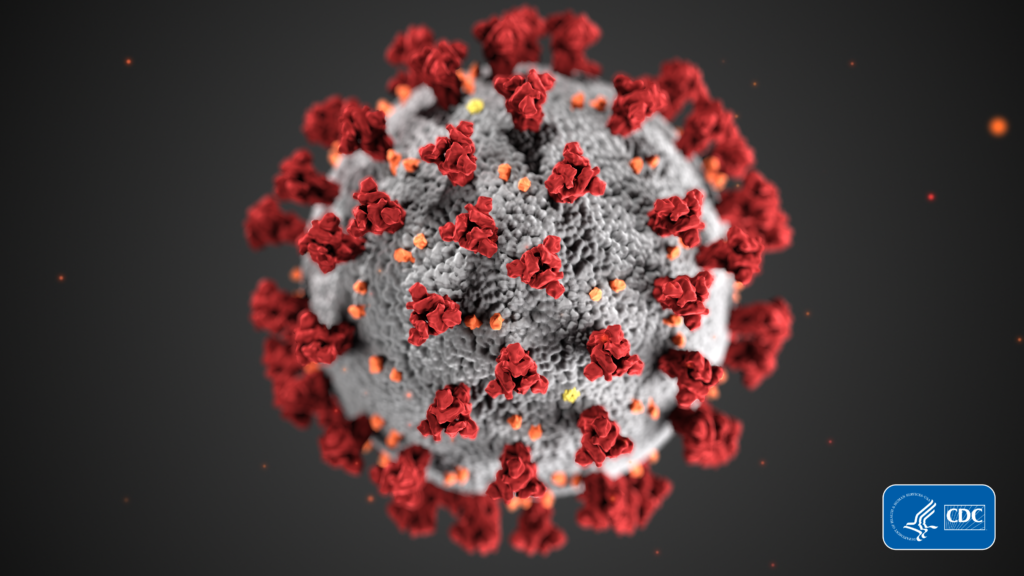While hospices contend with ongoing supply shortages, particularly for personal protective equipment (PPE), new research from the National Institutes of Health (NIH) has shown that providers can disinfect N95 respirators for as many as three uses.
N95 respirators are designed to be disposable after a single use, but many providers have found it necessary to use the same masks repeatedly due to insufficient supplies. Hospices have been supplying staff with plastic bags in which to store the masks for repeated utilization.
The NIH study, conducted in a controlled laboratory setting, has not yet been peer-reviewed, but the institutes released the results early as the pandemic continues to disrupt health care supply chains.
“The unprecedented pandemic of [COVID-19] has created worldwide shortages of personal protective equipment, in particular respiratory protection such as N95 respirators. [COVID-19] transmission is frequently occurring in hospital settings, with numerous reported cases of nosocomial transmission highlighting the vulnerability of health care workers,” the NIH researchers wrote. “In general, N95 respirators are designed for single use prior to disposal. Here, we have analyzed four readily available and often used decontamination methods.”
Hospices nationwide have been struggling to maintain their supply inventories for PPE and other essentials such as thermometers and cleaning products. Prices for these items have also risen exponentially due to the unprecedented global demand.
For the study researchers tested disinfection of masks via heat, ultraviolet light, treatment with 70% ethanol, and vaporized hydrogen peroxide. They also tested the effectiveness of respirators after they were worn and decontaminated multiple times.
All four of these practices removed the virus from N95 fabric samples, but vaporized hydrogen peroxide seemed to yield the best results.
The ethanol spray damaged the integrity of the respirator’s fit and seal after two decontamination sessions, the researchers found. Consequently, NIH does not recommend that method.
The UV light and heat-treated respirators did not fit and seal effectively after three rounds of decontamination, indicating that respirators treated via these methods could be re-used twice. The masks treated with peroxide remained effective after three uses and three decontaminations.



